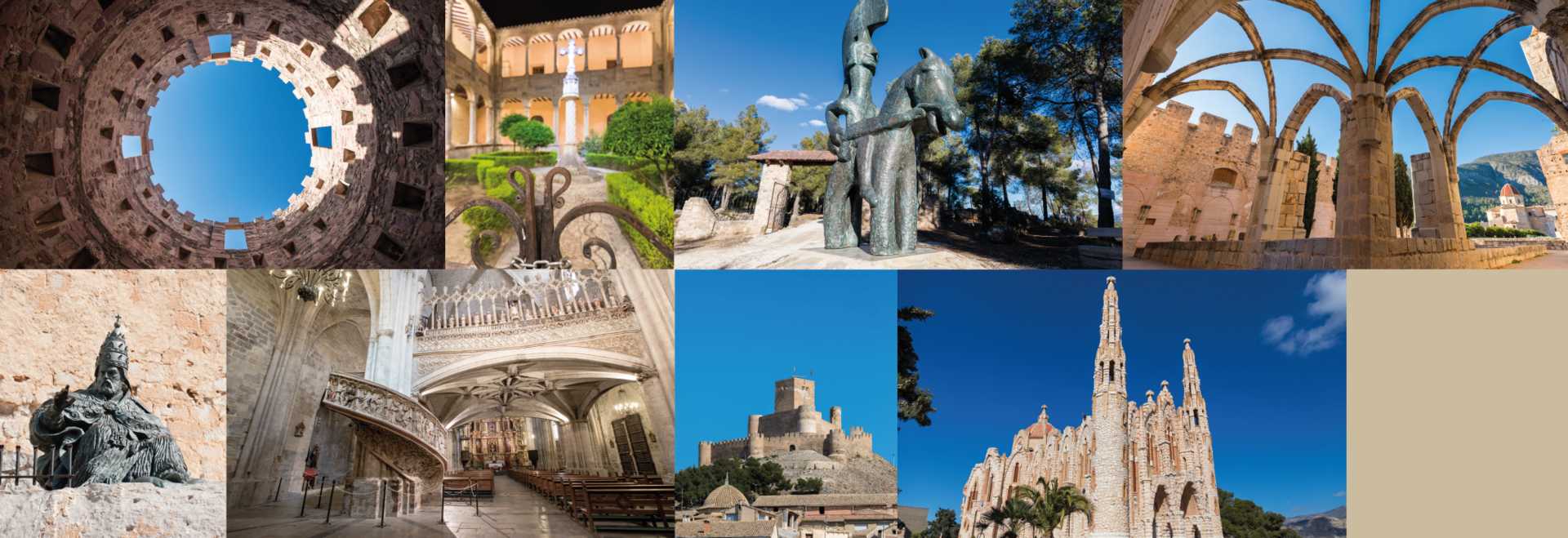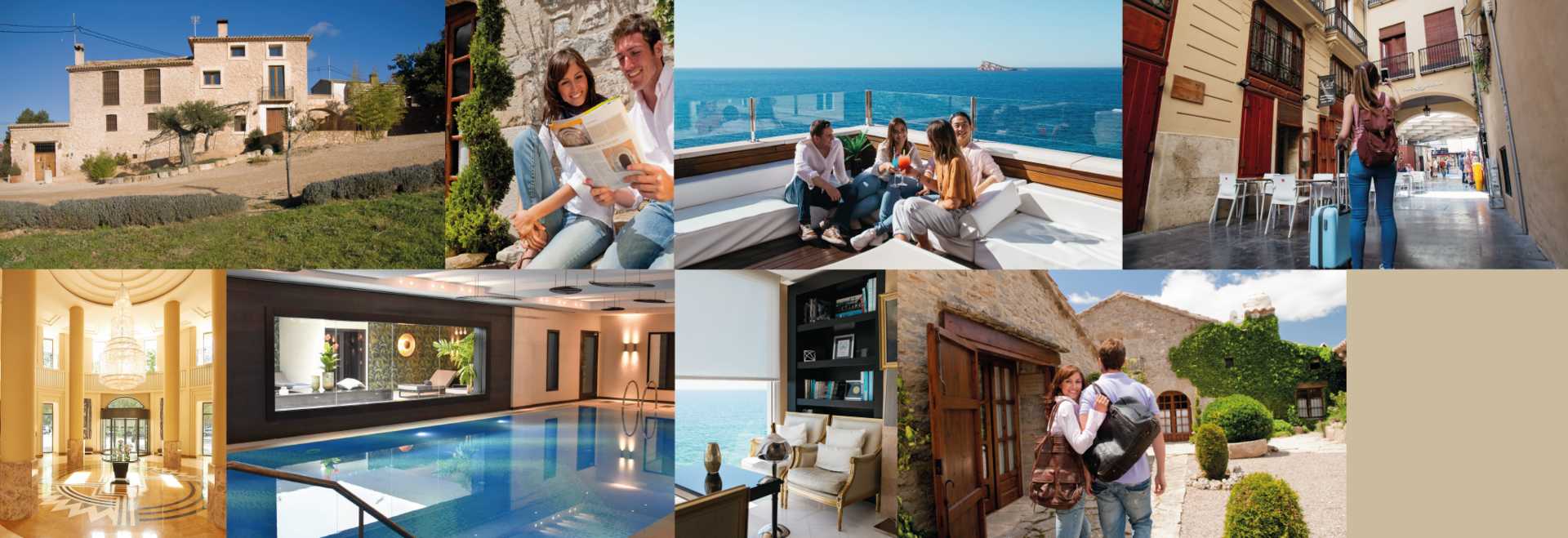Poblado Ibérico Amurallado de la Seña

- CV-396, s/n
- Villar del Arzobispo
- 46170
- contact information
- 962720002
- Sociocultural@Villardelarzobispo.Es
- Access the web
Poblado Ibérico Amurallado de La Seña, La Seña Walled Iberian Settlement in Villar del Arzobispo, is an important archaeological site that is notable for being located on flat terrain. Sitting in the same area and demarcated by a wall, the two Iberian levels – La Seña 1 (525-450/425 BC) and La Seña 2 (425-150 BC) – show evidence of a site whose economy revolved around agriculture and cattle farming. La Seña 1 was abandoned in the 5th century BC without any indications of violent destruction. Its restructure has been linked to the evolution of the way people lived in the region, influenced by the hierarchy in the city of Edeta.
The archaeological site has unveiled compartments in La Seña 1 and houses in La Seña 2, as well as an olive mill on the top level. Starting in 1985, the excavations were conducted by Servicio de Investigación Prehistórica de Valencia and have significantly contributed to the knowledge about Iberian culture and society in the area. La Seña Walled Iberian Settlement has been listed a Site of Cultural Interest, protected for its historic and heritage value. La Seña Walled Iberian Settlement was dedicated to agricultural activities, as can be seen in the existence of the site and in its name, "aceña", which comes from the Hispanic-Arabic word "assánya", which suggests that there was a water wheel in the area. All this evidence comes together to showcase the importance of La Seña Walled Iberian Settlement as an archaeological heritage site, and one that is well worth a visit in Los Serranos county.












